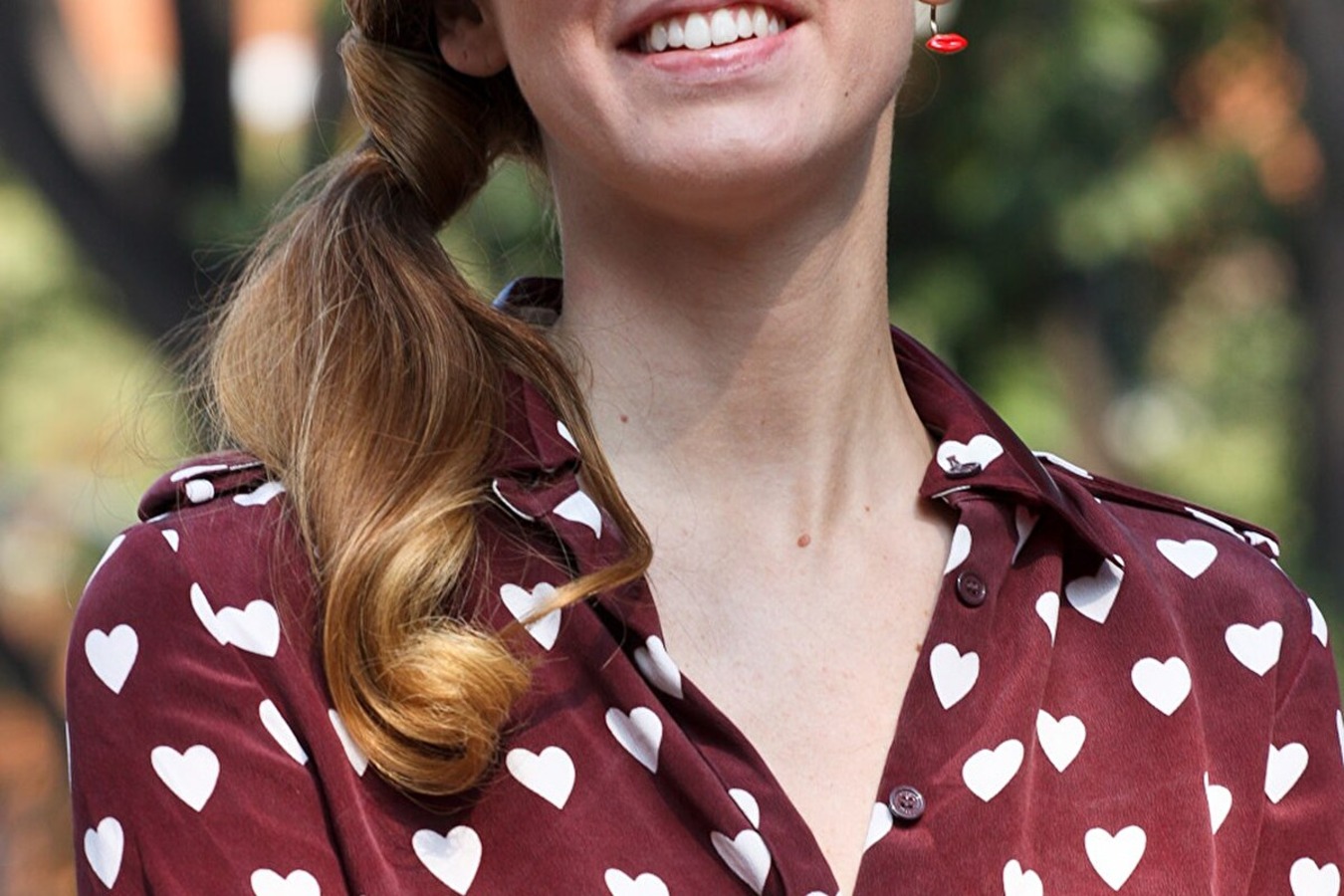Fashion's Digital Revolution: Exploring the Dynamics of the Influencer Market

The well-researched report on the Fashion Influencer market focuses on the current market trends and recent developments that help operational players and marketing executives plan their growth strategies for the forecast period 2023-2030.
The fashion influencer market has surged in popularity, driven by the rise of social media platforms and the increasing influence of digital personalities. Fashion influencers, renowned for their style expertise and captivating content, leverage their online presence to engage with followers and promote fashion brands, products, and trends.
With millions of followers across platforms like Instagram, YouTube, and TikTok, fashion influencers wield significant influence over consumer purchasing decisions and brand perceptions. Brands collaborate with influencers for sponsored content, brand partnerships, and influencer marketing campaigns to reach target audiences authentically and drive engagement and sales.
As consumers seek inspiration and recommendations from trusted online voices, the role of fashion influencers in shaping trends, driving brand awareness, and fostering community continues to grow, making the fashion influencer market a lucrative and dynamic segment of the fashion industry.
Social Media Proliferation: The widespread adoption of social media platforms, such as Instagram, YouTube, and TikTok, provides fashion influencers with a vast audience reach and engagement opportunities. The accessibility of these platforms enables influencers to create and share content seamlessly, expanding their influence and visibility within the fashion community.
Authenticity and Relatability: Followers are drawn to fashion influencers who project authenticity, relatability, and genuine connections. Influencers who share personal style journeys, fashion tips, and lifestyle experiences resonate with audiences, fostering trust and loyalty. Brands recognize the value of authentic influencer partnerships in building meaningful connections with consumers and driving brand affinity.
Influencer-Driven Purchasing Behavior: Fashion influencers have a significant impact on consumer purchasing behavior, influencing buying decisions and brand preferences. Their ability to showcase fashion products, provide styling inspiration, and offer product recommendations motivates followers to make informed purchasing choices, driving sales and brand engagement.
Diverse Representation and Inclusivity: The fashion influencer market celebrates diversity and inclusivity, with influencers representing a wide range of backgrounds, body types, and identities. Brands collaborate with influencers who embody diversity and inclusivity values to connect with diverse consumer segments, drive brand authenticity, and foster inclusivity within the fashion industry.
Rise of Micro-Influencers: The emergence of micro-influencers, with smaller but highly engaged follower bases, presents opportunities for niche and targeted marketing campaigns. Brands collaborate with micro-influencers to reach specific audience segments, enhance authenticity, and drive community engagement, leveraging their authenticity and niche expertise to connect with audiences on a personal level.
Digital Transformation in Fashion Industry: The fashion industry's digital transformation, accelerated by technological advancements and changing consumer behaviors, creates opportunities for influencer collaborations and digital marketing initiatives. Brands leverage influencer partnerships to amplify brand messages, drive online visibility, and navigate the evolving digital landscape effectively.
Evolving Marketing Strategies: Brands increasingly allocate marketing budgets to influencer marketing initiatives, recognizing the effectiveness of influencer collaborations in reaching target audiences and driving brand engagement. Influencer partnerships offer brands an agile and cost-effective approach to reaching consumers in an era of ad fatigue and declining traditional advertising effectiveness.
Geographically, the Fashion Influence Market report covers key regions providing in-depth insights into demographic details such as gender, income, age-wise preference for products,. In terms of competitive environment, the Fashion Influence market adopts key marketing strategies including partnerships, mergers and acquisitions, joint ventures, new product development,.
